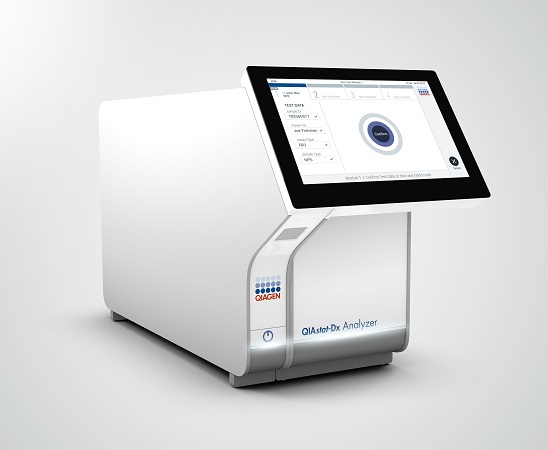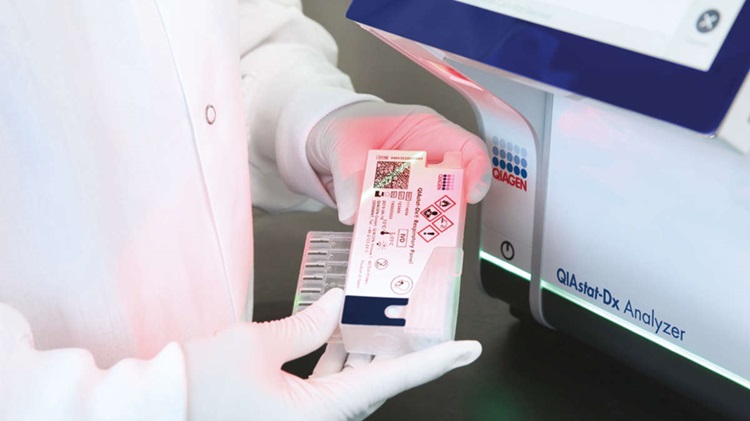Expo
view channel
view channel
view channel
view channel
view channel
view channel
view channel
view channel
Clinical Chem.
HematologyImmunologyMicrobiologyPathologyTechnologyIndustry
Events

- Screening Tool Detects Multiple Health Conditions from Single Blood Drop
- Integrated Chemistry and Immunoassay Analyzer with Extensive Assay Menu Offers Flexibility, Scalability and Data Commutability
- Rapid Drug Test to Improve Treatment for Patients Presenting to Hospital
- AI Model Detects Cancer at Lightning Speed through Sugar Analyses
- First-Ever Blood-Powered Chip Offers Real-Time Health Monitoring
- New Technology Detects Cancer Mutant Genes in Blood with World's Highest Sensitivity
- New Blood Test to Detect Alzheimer’s Disease Before Clinical Symptoms Develop
- Binding-Activated Fluorescent Biosensors Open Vast Possibilities for Medical Diagnostics
- Rapid Dopamine Test to Enable Early Detection of Neurological Disorders
- Long-Read Sequencing Technology to Identify Genetic Contributors of Rare Diseases in Children
- Automated Benchtop System to Bring Blood Testing To Anyone, Anywhere
- New Hematology Analyzers Deliver Combined ESR and CBC/DIFF Results in 60 Seconds
- Next Generation Instrument Screens for Hemoglobin Disorders in Newborns
- First 4-in-1 Nucleic Acid Test for Arbovirus Screening to Reduce Risk of Transfusion-Transmitted Infections
- POC Finger-Prick Blood Test Determines Risk of Neutropenic Sepsis in Patients Undergoing Chemotherapy
- Portable Device Analyzes White Blood Cell Activity to Monitor Cancer Patients’ Health
- New Test Detects Return of Blood Cancer a Year Earlier
- Universal Blood Test Could Predict Organ Transplant Outcomes with Unprecedented Accuracy
- AI Tool Predicts Cancer Patients’ Response to Immunotherapy
- Molecular Profiling Improves Diagnosis for Children with High Risk Cancers
- AST System Delivers Actionable Results for Gram-Negative Bacteria Directly from Positive Blood Cultures
- Ultra-Rapid Culture-Free Sepsis Test Reduces Testing Time from Days to Hours
- New Rapid Method for Determining Virus Infectivity Could Revolutionize Response to Future Pandemics
- Novel Molecular Test to Help Prevent and Control Multi Drug-Resistant Fungal Pathogen in Healthcare Settings
- Innovative C. Difficile Diagnostic Test Provides Both GDH and Toxin Results within 30 Minutes
- Qiagen and Eli Lilly to Develop First QIAstat-Dx IVD Panel for Neurodegenerative Applications
- QIAGEN and AstraZeneca Expand Collaboration into New Disease Areas
- MEDICA 2024 + COMPAMED 2024: Adapted Hall Layout for Better Integration
- Global Coagulation Testing Driven by Increasing Blood Disorders and Surgical Interventions
- Sysmex and QIAGEN Expand Collaboration in Genetic Testing
- Gene Panel Predicts Disease Progession for Patients with B-cell Lymphoma
- New Method Simplifies Preparation of Tumor Genomic DNA Libraries
- New Tool Developed for Diagnosis of Chronic HBV Infection
- Panel of Genetic Loci Accurately Predicts Risk of Developing Gout
- Disrupted TGFB Signaling Linked to Increased Cancer-Related Bacteria
- AI Tool Diagnoses Cancer, Guides Treatment and Predicts Survival Across Multiple Cancer Types
- New Identification Method for Cancerous DNA to Reduce Need for Painful Biopsy Surgery
- Novel Light-Based Technique With 90% Accuracy Rate to Revolutionize Cancer Diagnosis
- Software Tool to Advance Cancer Pathology by Providing Diagnostic Insights from Tissue Biopsies
- AI Automates Analysis of Pathology Slides for Distinguishing Rheumatoid Arthritis Subtypes

Expo
 view channel
view channel
view channel
view channel
view channel
view channel
view channel
view channel
Clinical Chem.
HematologyImmunologyMicrobiologyPathologyTechnologyIndustry
Events
Advertise with Us
view channel
view channel
view channel
view channel
view channel
view channel
view channel
view channel
Clinical Chem.
HematologyImmunologyMicrobiologyPathologyTechnologyIndustry
Events
Advertise with Us


- Screening Tool Detects Multiple Health Conditions from Single Blood Drop
- Integrated Chemistry and Immunoassay Analyzer with Extensive Assay Menu Offers Flexibility, Scalability and Data Commutability
- Rapid Drug Test to Improve Treatment for Patients Presenting to Hospital
- AI Model Detects Cancer at Lightning Speed through Sugar Analyses
- First-Ever Blood-Powered Chip Offers Real-Time Health Monitoring
- New Technology Detects Cancer Mutant Genes in Blood with World's Highest Sensitivity
- New Blood Test to Detect Alzheimer’s Disease Before Clinical Symptoms Develop
- Binding-Activated Fluorescent Biosensors Open Vast Possibilities for Medical Diagnostics
- Rapid Dopamine Test to Enable Early Detection of Neurological Disorders
- Long-Read Sequencing Technology to Identify Genetic Contributors of Rare Diseases in Children
- Automated Benchtop System to Bring Blood Testing To Anyone, Anywhere
- New Hematology Analyzers Deliver Combined ESR and CBC/DIFF Results in 60 Seconds
- Next Generation Instrument Screens for Hemoglobin Disorders in Newborns
- First 4-in-1 Nucleic Acid Test for Arbovirus Screening to Reduce Risk of Transfusion-Transmitted Infections
- POC Finger-Prick Blood Test Determines Risk of Neutropenic Sepsis in Patients Undergoing Chemotherapy
- Portable Device Analyzes White Blood Cell Activity to Monitor Cancer Patients’ Health
- New Test Detects Return of Blood Cancer a Year Earlier
- Universal Blood Test Could Predict Organ Transplant Outcomes with Unprecedented Accuracy
- AI Tool Predicts Cancer Patients’ Response to Immunotherapy
- Molecular Profiling Improves Diagnosis for Children with High Risk Cancers
- AST System Delivers Actionable Results for Gram-Negative Bacteria Directly from Positive Blood Cultures
- Ultra-Rapid Culture-Free Sepsis Test Reduces Testing Time from Days to Hours
- New Rapid Method for Determining Virus Infectivity Could Revolutionize Response to Future Pandemics
- Novel Molecular Test to Help Prevent and Control Multi Drug-Resistant Fungal Pathogen in Healthcare Settings
- Innovative C. Difficile Diagnostic Test Provides Both GDH and Toxin Results within 30 Minutes
- Qiagen and Eli Lilly to Develop First QIAstat-Dx IVD Panel for Neurodegenerative Applications
- QIAGEN and AstraZeneca Expand Collaboration into New Disease Areas
- MEDICA 2024 + COMPAMED 2024: Adapted Hall Layout for Better Integration
- Global Coagulation Testing Driven by Increasing Blood Disorders and Surgical Interventions
- Sysmex and QIAGEN Expand Collaboration in Genetic Testing
- Gene Panel Predicts Disease Progession for Patients with B-cell Lymphoma
- New Method Simplifies Preparation of Tumor Genomic DNA Libraries
- New Tool Developed for Diagnosis of Chronic HBV Infection
- Panel of Genetic Loci Accurately Predicts Risk of Developing Gout
- Disrupted TGFB Signaling Linked to Increased Cancer-Related Bacteria
- AI Tool Diagnoses Cancer, Guides Treatment and Predicts Survival Across Multiple Cancer Types
- New Identification Method for Cancerous DNA to Reduce Need for Painful Biopsy Surgery
- Novel Light-Based Technique With 90% Accuracy Rate to Revolutionize Cancer Diagnosis
- Software Tool to Advance Cancer Pathology by Providing Diagnostic Insights from Tissue Biopsies
- AI Automates Analysis of Pathology Slides for Distinguishing Rheumatoid Arthritis Subtypes















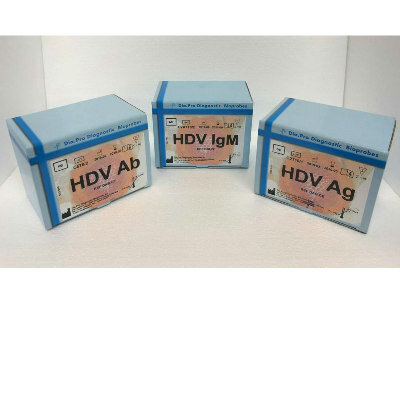



.jpg)











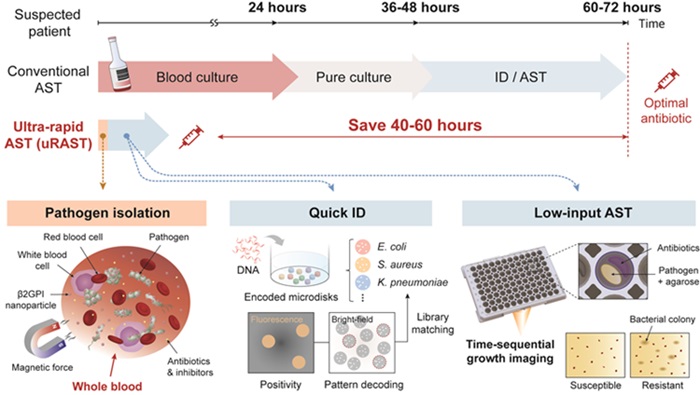


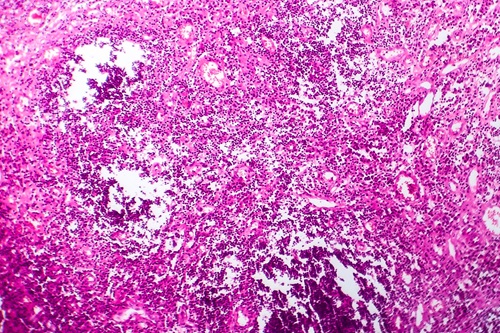
.jpg)






